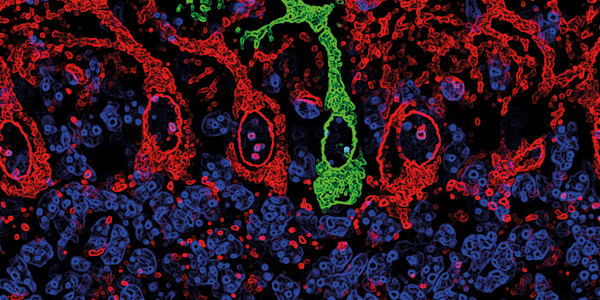Scientists studying Alzheimer’s disease biomarkers have discovered that their levels fluctuate through the day, which could have important implications for their use in diagnosing and monitoring dementia.
Their findings, published in Translational Psychiatry, report diurnal variations in plasma biomarkers related to Alzheimer’s disease (AD), specifically focusing on phosphorylated tau (p-tau217), amyloid-beta (Aβ40 and Aβ42), neurofilament light (NfL), and glial fibrillary acidic protein.

The study included 38 participants, comprising people living with mild Alzheimer's disease, their caregivers, and a control group. The researchers conducted two protocols: one involved blood samples taken 12 hours apart, while the other collected samples every three hours over 24 hours. P-tau217 – which has potential to help with early diagnosis of AD – showed significant variations, with levels lowest in the morning and greatest in the afternoon and evening. Biomarkers Aβ40, Aβ42, and NfL showed peak levels during sleep, with the lowest levels in the morning.
The magnitude of these daily variations was substantial, with p-tau217 levels fluctuating by up to 16 percent over 24 hours, a change comparable to the year-on-year increase observed in patients with early-stage AD. Derk-Jan Dijk, Professor of Sleep and Physiology at the University of Surrey and UK Dementia Research Institute group leader, Sleep and Circadian Disturbance in Dementia comments, “Understanding the factors that drive these variations may provide insights into current areas of interest, such as the controversial role of sleep in the clearance of amyloid from the brain.”
Dijk concludes, “We have shown that time of day influences the concentration of blood-based biomarkers for Alzheimer's Disease and dementia and the minimal implication of this is that time should be recorded when a blood sample is taken. For repeated assessments within an individual it will be preferable that these samples are taken at the same time of day.”




